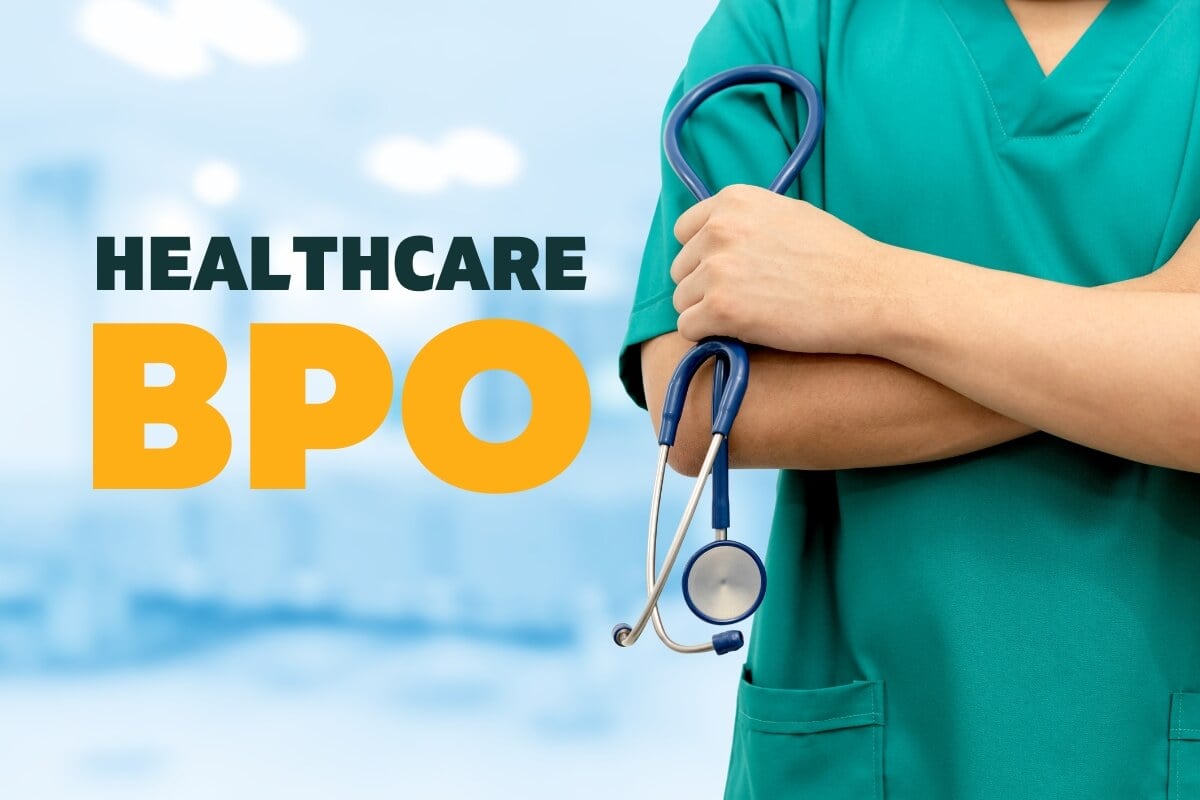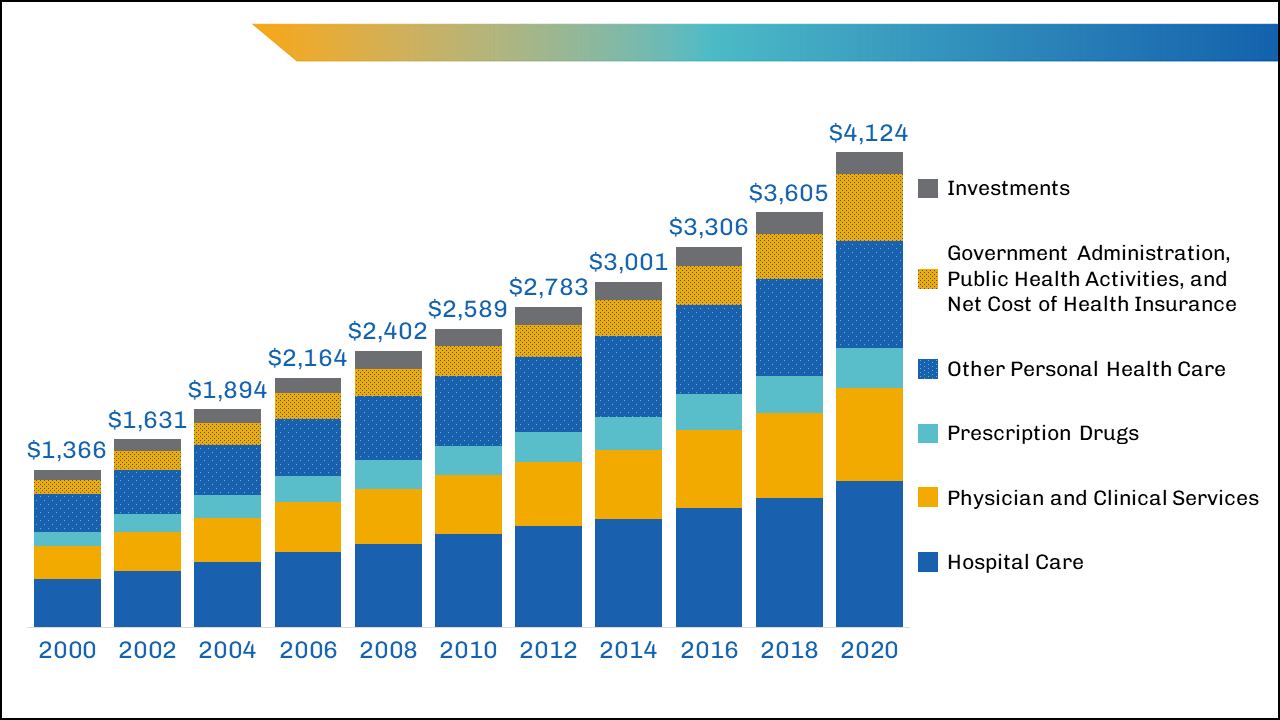How to Implement Healthcare RCM for a Smooth Revenue Cycle
How to Implement Healthcare RCM for a Smooth Revenue Cycle
Blog Article
A Comprehensive Guide on Just How Medical Care RCM Works to Improve Billing and Collections
Navigating the complexities of health care income cycle management (RCM) is crucial for carriers aiming to boost their invoicing and collections processes. The overview unloads the intricacies of RCM, from person registration to accounts receivable management, supplying understandings right into maximizing each step.
Understanding Profits Cycle Monitoring
RCM is a critical management function that incorporates the whole monetary procedure of individual treatment, from the preliminary appointment setting to the final settlement of the balance. It is an intricate treatment developed to recognize, gather, and take care of the revenue from the solutions offered to people.
The RCM procedure begins when a person schedules a consultation and expands with the person's care journey, consisting of invoicing and collections. A vital objective is to lower the time between offering a service and getting settlement, hence enhancing the company's financial health. RCM involves numerous features such as person enrollment, insurance policy verification, cost capture, coding, declares entry, repayment uploading, and managing denials and appeals.
Key Components of RCM
In the world of Earnings Cycle Administration (RCM), understanding its key components is essential to accomplishing monetary performance within medical care organizations. RCM is a thorough procedure that incorporates numerous stages, each important to making sure reliable billing and collections. The key parts consist of individual enrollment, insurance coverage confirmation, fee capture, coding, insurance claim entry, repayment uploading, and receivable monitoring.


When coded, claims are sent to payers, where precision is paramount to stay clear of delays or beings rejected - Healthcare RCM. Payment uploading entails recording the obtained payments, which enables the settlement of accounts. Lastly, receivables monitoring concentrates on tracking and attending to overdue claims, making sure timely follow-up and resolution
Each part of RCM is adjoined, and inadequacies in any kind of part can interrupt the whole cycle. Therefore, understanding these aspects is essential for medical care providers to optimize profits and enhance their economic wellness.
Methods for Reliable Invoicing

Systematizing payment procedures across the organization is another key method. Developing clear guidelines for documentation, coding, and entry assists preserve uniformity and conformity with regulatory needs. Educating personnel consistently on these procedures guarantees everyone is updated with the most recent adjustments in payment codes and payer plans.
Accurate cost capture is crucial in preventing earnings leakage. Implementing regular audits and surveillance systems permits the identification and modification of disparities before they impact earnings. Furthermore, maintaining open lines of interaction with payers helps to promptly fix any disagreements or misunderstandings that might develop.

Lastly, engaging clients early in the billing procedure by supplying clear estimates and educational materials concerning their financial obligations can significantly reduce complication and enhance payment timeliness. These strategies collectively add to a more economically healthy and reliable billing system.
Enhancing Collections Processes
Given the complexities of medical invoicing and the range of payer needs, improving the collections process involves applying calculated actions that ensure exact and prompt settlement of solutions rendered. Automation tools can assist in tracking claim statuses, sending out timely pointers to clients, and handling denials extra effectively.
Training team to recognize the nuances of insurance coverage policies and billing codes is equally vital. This expertise encourages them to attend to invoicing inconsistencies promptly and connect successfully with people concerning their financial webpage duties. In addition, clear and clear individual communications are vital. Giving comprehensive explanations of fees and offering flexible payment strategies can increase patient fulfillment and prompt settlements.
Routine audits of the collections procedure must be conducted to determine locations for enhancement and make sure conformity with regulations. By examining data, health care organizations can recognize patterns, prepare for potential concerns, and adapt approaches accordingly (Healthcare RCM). Inevitably, a well-enhanced collections procedure not only sustains financial health and wellness but additionally contributes to a much more smooth experience for clients and personnel alike
Optimizing Revenue Streams
Building upon the structure of a solid collections process, health care organizations can better bolster their monetary stability by strategically enhancing revenue streams. This involves a multi-faceted approach, beginning with a detailed evaluation of existing revenue sources to determine ineffectiveness and locations for development. Utilizing advanced data analytics tools allows companies to gain understandings right into payer mix, person demographics, and solution utilization patterns, permitting for data-driven choices that boost revenue capture.
Executing automated billing systems can considerably decrease errors and speed up insurance claims refining, making sure that profits is accumulated more effectively. In addition, maximizing payer agreements via normal arrangements can improve reimbursement rates and terms, straight influencing the bottom line. Expanding solution offerings, such as integrating telehealth or health programs, can additionally draw in a more comprehensive patient base, thus increasing revenue potential.
Another crucial component is boosting person engagement and complete satisfaction, as satisfied patients are most likely to stick to treatment plans and make timely settlements. Supplying flexible payment alternatives and clear billing practices can enhance collections and foster client loyalty. Healthcare RCM. By taking on these approaches, healthcare companies can create an extra Going Here durable monetary structure, ensuring continual growth and security in an ever-changing sector landscape
Final Thought
Finally, medical care Earnings Cycle Monitoring (RCM) plays a crucial duty in optimizing payment and collections processes by incorporating vital components such as individual registration, insurance confirmation, charge capture, coding, asserts entry, and balance due monitoring. By employing advanced modern technology, standardizing treatments, and fostering client involvement, health care service providers can significantly decrease case rejections, speed up repayment cycles, and enhance capital. This thorough method to RCM eventually leads to enhanced economic efficiency and sustainability for medical care organizations.
The RCM procedure starts when a patient timetables a visit and prolongs via the patient's care trip, including billing and collections.One more important part is boosting patient interaction and contentment, as completely satisfied clients are a lot more most likely to adhere to therapy strategies and make prompt settlements. Using versatile settlement choices and clear payment methods can boost collections and foster patient loyalty.In final thought, medical care Income Cycle Management (RCM) plays an essential function in enhancing payment and collections procedures by incorporating crucial parts such as client registration, insurance verification, fee capture, coding, Find Out More claims submission, and accounts receivable management. By employing sophisticated technology, standardizing procedures, and cultivating person interaction, health care suppliers can dramatically minimize case rejections, increase repayment cycles, and enhance cash money flow.
Report this page